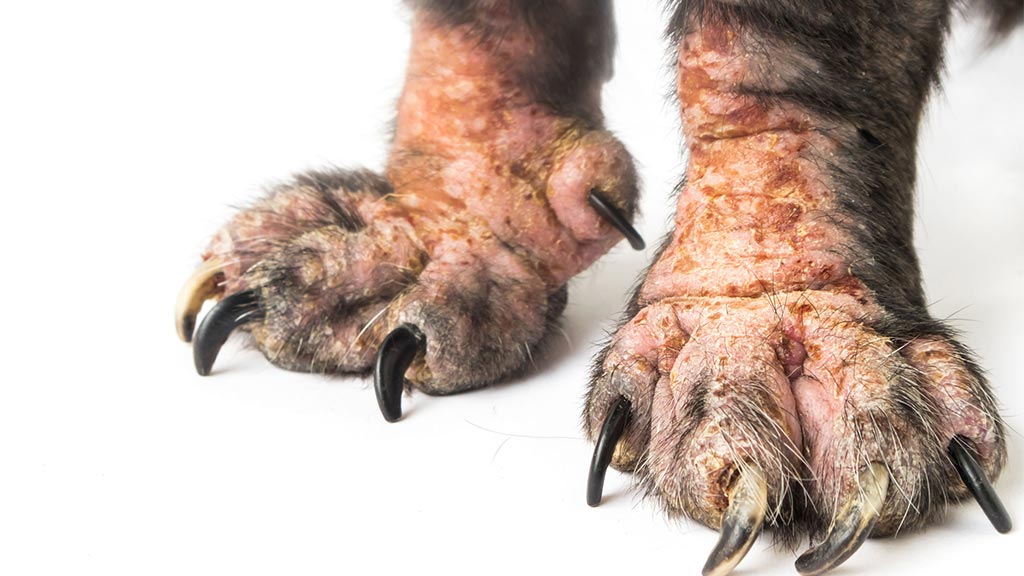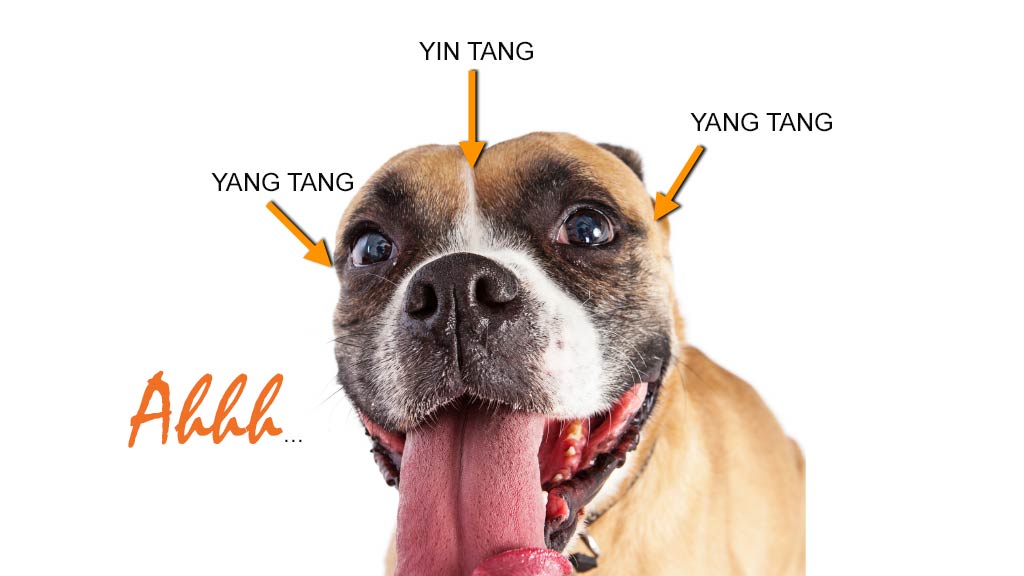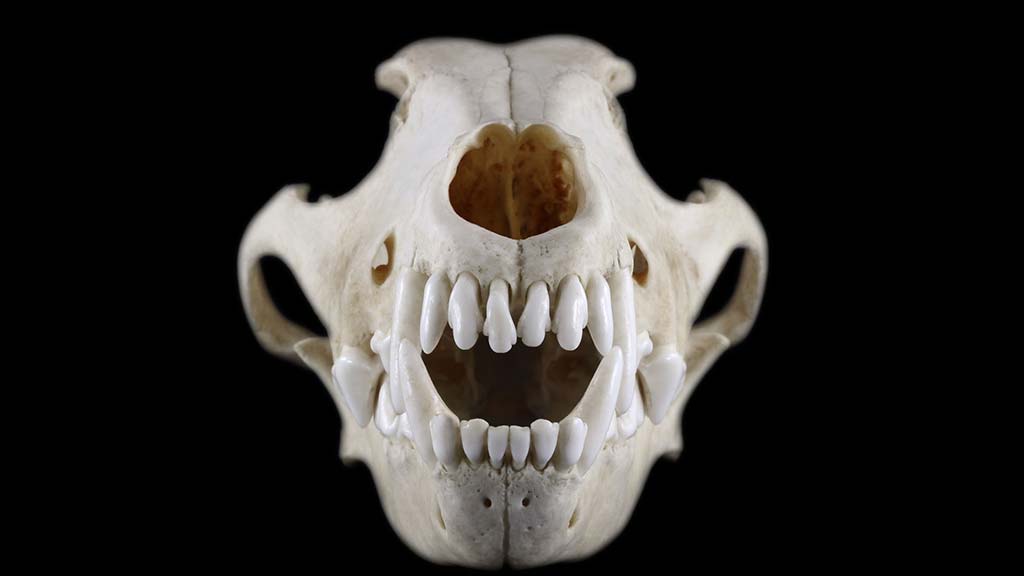Dr. Howard Gittleman takes a hit off a question that’s been giving the web a buzz for some time.
Hey! Is it cool if I blow pot smoke into my dog’s face to get him high?
The answer is an emphatic NO. Don’t blow smoke into your dog’s face to get him high. THC, the active ingredient in marijuana, can be absorbed through the skin and eyes and is toxic to your pet. Also, second hand smoke carries risk of lung injury.
But he keeps coming over to me and my friends when we are getting high.
If your pet comes over to you while you and your friends are getting high, it’s because he trusts and likes you…or he thinks that you’re going to feed or play with him. It’s not because he wants a toke. Blowing smoke into your dog’s face will irritate his eyes and nose. He’ll be like, “Hey! Why did you do that? I was just coming over to say, ‘hi’.”
Okay, what if I give my dog some pot to eat?
No, don’t do that either. Dogs don’t enjoy getting high. Marijuana is toxic to dogs. Dogs that ingest pot experience the following symptoms:
- Lethargy
- Dilated pupils
- Glassy eyes
- Ataxia (inability to balance or walk straight)
- Nausea
- Urinary incontinence
The same is true for cats. A marijuana high makes pets feel anxious, confused, dizzy, and sick.
If I bring my dog to you because he’s high, will you report me?
The few cases of marijuana toxicity that we have seen in dogs have been due to accidental ingestion. Usually some kid (or pet parent) leaves edibles like cookies or gummies in their back pack, the dog or cat eats them, and then gets sick. We’re not here to pass judgment on what you do in your private life. We’re here to keep your pet healthy and safe. Unless there were clear signs of willful neglect or abuse, we would never talk to authorities you or your pet.
How do you know if a pet is high?
Usually pets get high because they accidently ingest a secret stash of pot that kids have kept hidden from their parents, so the onset of marijuana toxicity is a mystery to pet owners. They show up confused and worried that their pet has eaten some kind of poison. But in addition to the symptoms listed above, pets that are high on pot usually have classic neurologic signs. When we match these signs that we see in the pet with a medical history from the pet parent, we can usually make an accurate diagnosis.
Do pet owners admit to you that their pet ate their stash of marijuana?
Great question. No, some don’t! They’re ashamed or, as I said earlier, sometimes a kid in the house will have a secret stash that the pet parent doesn’t know about. One time a mom and her son showed up with a dog exhibiting classic signs of marijuana toxicity. It was challenging to be frank about the signs I was seeing in the dog without getting anyone in trouble. In the end, I left the two to discuss matters in the privacy of the exam room. Later, they emerged ready to confirm that my diagnosis was likely right. We treated the pet and he recovered nicely, but I’m not sure how the son made out once the mom got him home:)
How do you treat pets that are high on marijuana?
Some drugs can be reversed. Marijuana is not one of them. Usually signs of marijuana toxicity will go away in about 12-36 hours. Depending on the severity of the case, we’ll either hospitalize the patient and provide supportive care or send the pet parent home with instructions on how to treat him at the house.
What about cats? They like getting high on catnip. What about pot?
Cats are at high risk for marijuana ingestion because they are drawn to eat the fresh leaves of any plant growing in the home or the strong aroma of dried marijuana leaves. Cats have the same strong reaction to pot ingestion or secondary smoke inhalation as dogs. Cats that are high on pot usually present with excessive drooling (a sign of nausea), vocalization, ataxia (wobbly-legged), and drowsiness, but they can also have more serious signs like convulsions or coma. Because of their size, cats can be sickened on much smaller doses. The high that cats get from catnip, if you can call it that, is nothing like what that they experience if they eat marijuana or inhale its smoke.
If pot is bad for dogs, how come they put CBD in some pet medications?
Only a handful of studies have shown that CBD, a derivative of marijuana’s cousin, the hemp plant, may be helpful in reducing a pet’s anxiety or pain. Because CBD includes extremely low levels (or ideally none) of the psychoactive part of the pot plant, pets usually tolerate the formulation well. There are a number of safe, pet CBD products on the market and we will be happy to offer some guidance on how to select the best product for your pet.







